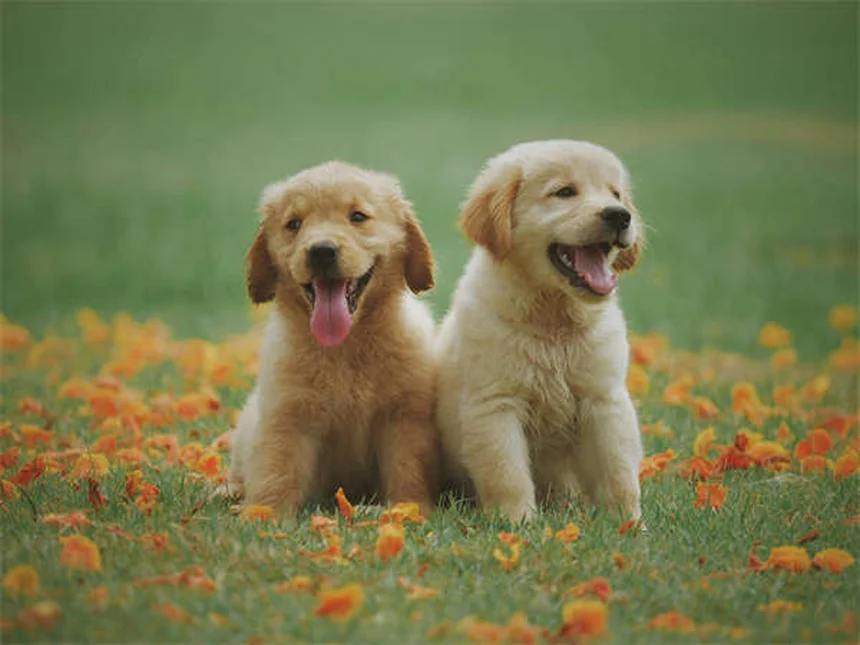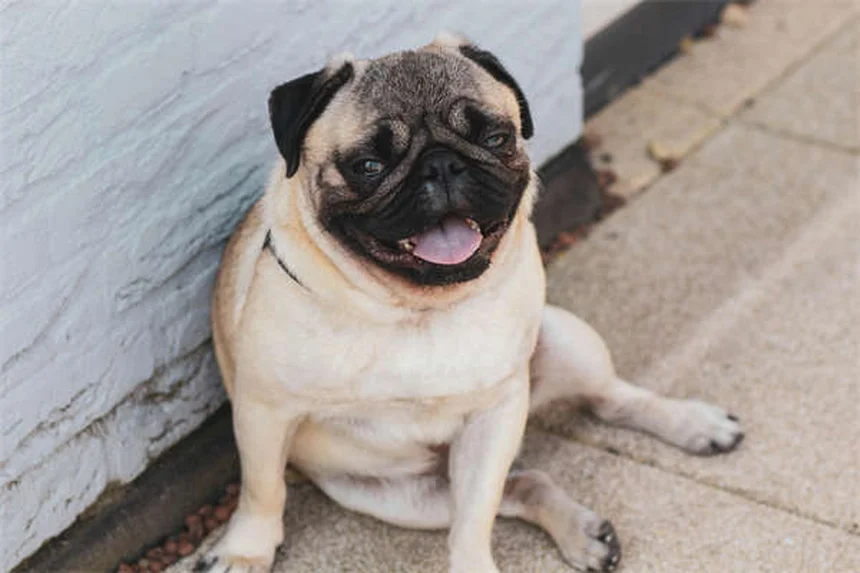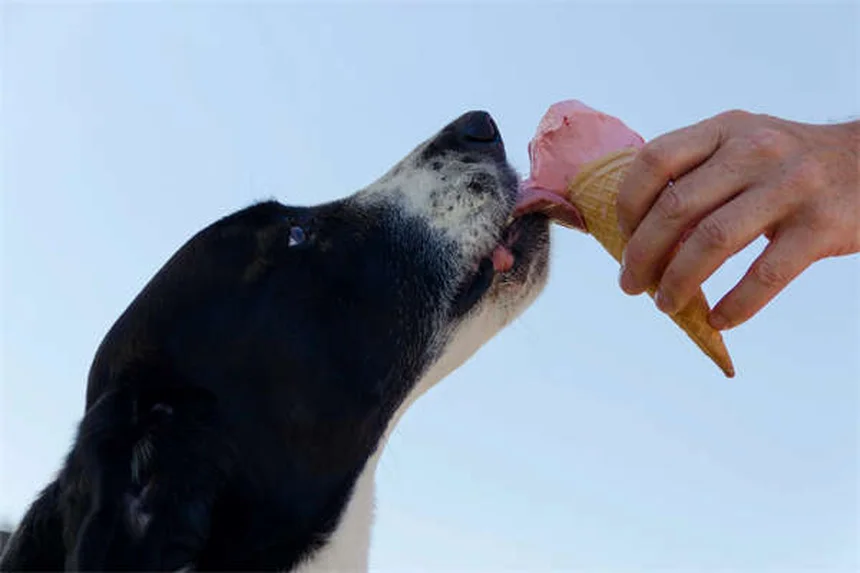Looking for giant rabbit breeds that'll make your jaw drop? The answer is: you're in for a treat! We're talking about bunnies so big they'll make your standard Easter rabbit look like a baby. From the massive Flemish Giant to the record-breaking Continental, these oversized fluffballs combine impressive size with unbelievable personalities. I've personally met several of these gentle giants, and let me tell you - once you've had a 20-pound rabbit nuzzle your hand, you'll never look at bunnies the same way again. Whether you're a potential owner or just rabbit-curious, we'll hop through everything you need to know about these magnificent creatures.
E.g. :How to Keep Your Dog Cool in Summer: 7 Heat Safety Tips
Advertisement
- 1、Meet the Giants: Rabbits That Will Blow Your Mind
- 2、More Than Just Big: Why Giant Rabbits Steal Hearts
- 3、Care and Feeding: Keeping Your Giant Happy
- 4、Fun Facts That Will Hop Right Into Your Heart
- 5、Ready to Bring Home a Giant?
- 6、The Surprising History Behind Giant Rabbits
- 7、Giant Rabbits in Popular Culture
- 8、The Economics of Owning a Giant Rabbit
- 9、Training Your Gentle Giant
- 10、Giant Rabbit Myths Debunked
- 11、Community and Resources
- 12、FAQs
Meet the Giants: Rabbits That Will Blow Your Mind
You think you know rabbits? Think again! While most bunnies fit snugly in your lap, some breeds grow so big they could probably carry you instead. Let me introduce you to five incredible giant rabbit breeds that make the Easter Bunny look like a tiny appetizer.
The Flemish Giant: The Gentle Giant
Ever seen a rabbit the size of a small dog? That's the Flemish Giant for you! These fluffy monsters can weigh up to 22 pounds - that's heavier than most Thanksgiving turkeys!
What makes them special? Besides their massive size, they're known as the "gentle giants" of the rabbit world. Their temperament is so calm you could probably watch Netflix together (though they might hog the popcorn). I once met a Flemish Giant named Buttercup who thought she was a lapdog - imagine 20 pounds of fluff trying to sit on your knees while you're working!
The Continental Giant: The Showstopper
If rabbits walked red carpets, Continentals would be the superstars. These beauties can grow up to 4 feet long when stretched out. That's longer than some elementary school kids!
Here's a fun fact: Their ears alone can measure 7 inches long. That's like having two floppy rulers sticking out of their heads! They come in stunning colors from snowy white to deep black, making them living works of art. My neighbor has one named Sir Hopsalot who actually enjoys being walked on a leash - talk about breaking rabbit stereotypes!
More Than Just Big: Why Giant Rabbits Steal Hearts
 Photos provided by pixabay
Photos provided by pixabay
Personality Plus: They're Not Just Fluff
Would you believe giant rabbits have more personality per pound than their smaller cousins? It's true! These oversized bunnies tend to be:
| Trait | Small Rabbits | Giant Rabbits |
|---|---|---|
| Sociability | Often shy | Very outgoing |
| Trainability | Moderate | Highly trainable |
| Affection Level | Varies | Consistently high |
Don't let their size fool you - these are some of the most affectionate pets you'll ever meet. They'll nudge your hand for pets like a dog and follow you around like a shadow. I've seen giant rabbits play fetch better than some retrievers!
Space Requirements: Big Bunny, Bigger Home
Here's something you might not consider: giant rabbits need giant spaces. While a regular bunny might be happy in a 4x2 foot cage, giants need something more like a small studio apartment.
But here's the good news: they make excellent indoor/outdoor pets if you've got the room. Picture this - instead of a lawnmower, you could have a natural grass trimmer that gives you kisses! Just remember to bunny-proof everything. Those big teeth can chew through cables faster than you can say "bad bunny!"
Care and Feeding: Keeping Your Giant Happy
Diet: They Eat Like Teenagers
Ever seen a rabbit eat an entire salad in one sitting? With giants, that's just a snack! These big eaters need:
- Unlimited hay (think bales, not handfuls)
- Fresh veggies by the pound
- Special pellets formulated for large breeds
Pro tip: Invest in a heavy food bowl unless you enjoy chasing it across the room. A hungry giant can flip lightweight dishes like they're playing hockey!
 Photos provided by pixabay
Photos provided by pixabay
Personality Plus: They're Not Just Fluff
Did you know giant rabbits have different health needs than smaller ones? Their larger frames put them at risk for:
- Joint issues (all that weight!)
- Faster tooth overgrowth
- Special temperature sensitivity
But don't worry - with proper care, many giants live happy 5-8 year lifespans. Regular vet checkups are crucial. Find a vet who's treated rabbits before - you don't want someone who thinks all bunnies fit in a shoebox!
Fun Facts That Will Hop Right Into Your Heart
Record Breakers: When Bigger Means Better
Get this: The world's largest rabbit, Darius, measured 4 feet 4 inches and weighed 49 pounds! That's bigger than some medium-sized dogs. His appetite matched his size - he ate 2,000 carrots and 700 apples a year!
But here's the kicker: his son Jeff is currently trying to break dad's record. Talk about family competition! These rabbits don't just break molds - they smash them completely.
Unexpected Talents: More Than Just Cute Faces
Why would anyone want a giant rabbit? Let me count the ways:
1. Natural icebreakers (everyone wants to meet the giant bunny)
2. Living foot warmers (those big bodies radiate heat)
3. Unlikely guardians (their size alone deters some predators)
4. Therapy animals (their calm nature comforts people)
I know a therapy giant rabbit named Muffin who visits nursing homes. Residents light up when this 18-pound ball of fluff hops into their laps. It's enough to melt even the grumpiest heart!
Ready to Bring Home a Giant?
If you're considering a giant rabbit, ask yourself: Do I have space, time, and enough carrots to keep this hopper happy? Remember, these aren't just big rabbits - they're big commitments with even bigger personalities.
But oh, the rewards! There's nothing like coming home to what looks like a small dog that happens to have floppy ears and a cotton tail. Just be prepared for all your friends to say, "That's a rabbit?!" every single time they visit.
The Surprising History Behind Giant Rabbits
 Photos provided by pixabay
Photos provided by pixabay
Personality Plus: They're Not Just Fluff
Did you know giant rabbits weren't originally bred to be pets? Back in the 16th century, Flemish Giants were actually developed as meat and fur rabbits in Belgium. Farmers needed large animals that could provide more resources, and voila - the first giant breeds were born!
But here's the funny twist - these rabbits were too darn cute and friendly to end up as stew. By the 1800s, they'd become prized show animals and eventually household pets. Talk about a career change! I recently visited a historical farm where they kept heritage breeds, and let me tell you, watching kids' faces when they see a "working rabbit" the size of a beagle is priceless.
Warren Wonders: How Giants Changed Rabbit Keeping
Ever wonder why rabbit hutches look the way they do? We can thank giant breeds for that! Traditional small rabbit cages became completely impractical when these big boys entered the pet scene.
Modern giant rabbit owners have gotten creative - some convert dog kennels, others build custom condos with multiple levels. The most impressive setup I've seen was a converted garden shed with ramps, platforms, and even a mini bunny balcony. Your average 5-pound dwarf rabbit would feel like it won the lottery in one of these palaces!
Giant Rabbits in Popular Culture
Hollywood Hoppers: When Giants Steal the Show
You've probably seen giant rabbits in movies without realizing it! Remember the White Rabbit in Alice in Wonderland? While he wasn't technically a giant breed, most film versions use Flemish Giants or Continentals because their size reads better on camera.
Here's a fun behind-the-scenes fact: Animal trainers love working with giant rabbits because they're so calm under pressure. I spoke with a movie animal handler who said her giant rabbit actor could do twenty takes in a row without getting stressed - try getting that from a Chihuahua!
Social Media Stars: The Rise of Bunny Influencers
Why are giant rabbits blowing up on Instagram? Simple - everything's cuter when it's oversized! These fluffy celebrities rack up millions of views doing completely normal rabbit things - just in XXL size.
Take Thumper the Giant, who has 500K followers for basically eating lettuce in slow motion. Or Princess Buttercup, whose "attempts" to fit in small boxes (she never does) have spawned countless memes. The comment sections are gold - my favorite was "That's not a rabbit, that's a roommate!"
The Economics of Owning a Giant Rabbit
Initial Costs: Breaking Down the Bunny Budget
Think adopting a giant rabbit is like getting a regular bunny? Think again! Let's compare the startup costs:
| Item | Standard Rabbit | Giant Rabbit |
|---|---|---|
| Habitat | $100-$200 | $300-$600 |
| Monthly Food | $20-$40 | $60-$100 |
| Vet Care | Similar | +20% typically |
But here's the thing - you're not just buying a pet, you're investing in a conversation starter that will delight everyone who meets it. How many people can say their pet stops traffic when they take it for walks?
Hidden Benefits: Unexpected Perks of Giant Ownership
Would you believe a giant rabbit could save you money? It's true! Here's how:
- Natural lawn care: One giant rabbit can maintain a small yard's worth of grass- Winter heating: These living hot water bottles can keep your feet warm all season- Entertainment value: Say goodbye to expensive streaming services - watching your bunny's antics is endlessly amusing
My friend swears her giant rabbit pays for itself by reducing her therapy bills. "Nothing melts stress like 20 pounds of pure bunny bliss," she says.
Training Your Gentle Giant
Litter Training: Easier Than You'd Think
Here's a surprise - giant rabbits are often easier to litter train than small ones! Their larger size means they're less likely to have "accidents" outside the box simply because they can't fit in weird corners.
Pro tip: Use a cement mixing tub from the hardware store as a litter box. It's cheap, durable, and roomy enough for even the biggest buns. Just be prepared for the hilarious sight of your rabbit doing a full 360-degree turn in their "bathroom" - it's like watching a truck try to parallel park!
Trick Training: Yes, They Can Learn!
Can rabbits really learn tricks? Absolutely! Giants are particularly good students because food motivation works so well with their bottomless appetites.
Start simple: "Come," "Up," and "Spin" are crowd pleasers. The most impressive trick I've seen? A Continental Giant that rings a bell when it wants treats. The owner had to eventually hide the bell because Mr. Fluff learned to ring it constantly just for snacks!
Giant Rabbit Myths Debunked
"They're Aggressive Because They're Big"
Ever heard that bigger rabbits are meaner? Total myth! In fact, the opposite is usually true. Their calm demeanor is one reason they're so popular.
Think about it - small animals often get nervous because everything in the world is bigger than them. Giants don't have that problem! At 20+ pounds, they're more confident and less likely to startle. The only thing you need to fear is being licked to death!
"They Don't Live as Long"
Here's some good news - while giants do have slightly shorter average lifespans than dwarfs (5-8 years vs 8-12), with excellent care many live full, healthy lives.
The key? Prevent obesity (yes, even giants can get overweight!), provide proper housing, and stay on top of dental care. I know a 9-year-old Flemish Giant who still binkies (that's rabbit happy jumps) like a baby!
Community and Resources
Finding Your Tribe: Giant Rabbit Enthusiasts Unite
Did you know there are entire clubs dedicated to giant rabbits? From the American Rabbit Breeders Association to local 4-H groups, communities of giant bunny lovers are everywhere.
The best part? Giant rabbit people are some of the most passionate pet owners you'll meet. They'll swap tips on everything from the best hay suppliers to how to build a bunny ramp. I once saw a forum thread where members debated for 12 pages about the ideal litter material - now that's dedication!
Rescue Networks: Giving Giants a Second Chance
Here's something heartwarming - specialized rescue groups exist just for giant rabbits. Why? Because some people don't realize what they're getting into with these big beauties.
These rescues do amazing work rehabbing and rehoming giants. Many even offer "foster-to-adopt" programs so you can test if giant rabbit life is right for you. As one rescuer told me, "Nothing beats seeing a 15-pound surrender bunny learn to trust humans again."
E.g. :Essential Guide to Large Rabbit Breeds - Oxbow Animal Health
FAQs
Q: How big do giant rabbits actually get?
A: You won't believe how massive these bunnies can grow! The largest giant rabbit breeds like Flemish Giants and Continentals typically weigh between 15-22 pounds, with some record-breakers hitting nearly 50 pounds. That's right - we're talking rabbit sizes comparable to medium-sized dogs! Length-wise, when stretched out, they can measure up to 4 feet long. Their ears alone often reach 7 inches - imagine those floppy things twitching when they're curious! I once visited a breeder who had a Continental Giant named Goliath who thought he was a lapdog - let's just say my legs fell asleep after 10 minutes of 18-pound bunny cuddles.
Q: Are giant rabbits good pets for families?
A: Absolutely! Giant rabbits often make better family pets than their smaller counterparts. Here's why: they tend to be more docile, patient with children, and less skittish than smaller breeds. Their larger size makes them less fragile, so they can handle gentle hugs better (though you should always supervise kids with any pet). Many owners report their giant bunnies developing dog-like behaviors - following family members around, nudging for pets, even playing simple games. My friend's Continental Giant, Mr. Fluffington, actually plays fetch with crumpled paper balls! Just remember - bigger bunny means bigger responsibility when it comes to space and care requirements.
Q: What's the lifespan of giant rabbit breeds?
A: While giant rabbits don't quite reach the 10-12 year lifespan of some smaller breeds, with proper care they typically live 5-8 wonderful years. The key is understanding their special needs - their large frames require careful attention to diet (lots of hay!), exercise, and joint health. I've known several giant rabbit owners who've had their fluffy companions reach the upper end of that range by providing spacious living areas, regular vet checkups (with rabbit-savvy vets!), and plenty of mental stimulation. Pro tip: keeping them at a healthy weight is crucial - an overweight giant rabbit can develop serious health issues much faster than smaller breeds.
Q: How much space does a giant rabbit need?
A: Think small studio apartment rather than standard cage! A single giant rabbit needs at minimum a 4x4 foot enclosure, with several hours daily of supervised free-roam time in a bunny-proofed space. Many owners dedicate entire rooms or section off large portions of their homes. Here's a reality check: when I helped set up a habitat for a rescued Flemish Giant, we converted a walk-in closet into his "bedroom" with ramps leading to a 10x12 foot play area. The upside? These big bunnies are often easier to litter train than smaller breeds, and their larger droppings are actually easier to clean up. Just be prepared to find hay in places you never imagined!
Q: What's the most surprising thing about giant rabbits?
A: Without a doubt, it's their personality-to-size ratio! These aren't just big rabbits - they're big characters with distinct quirks and behaviors that will constantly surprise you. Many develop unique habits like "chinning" (marking territory with scent glands), dramatic flops when happy, or even "binkying" (those crazy happy jumps rabbits do). A breeder once told me about her Continental Giant who learned to open the refrigerator (thankfully it was empty at the time!). The most heartwarming surprise? How therapeutic their calm, gentle nature can be - numerous giant rabbits serve as certified therapy animals in hospitals and nursing homes, bringing smiles wherever they hop.
